Table of Contents
- SpaceX gets license for second launch of Starship rocket | Technology ...
- SpaceX launches first reused rocket, testing cost-cutting model ...
- SpaceX rocket launch called off minutes before liftoff | Fortune
- SpaceX all set for a record-breaking rocket launch on Friday | Digital ...
- SpaceX launches first rocket of 2023
- SpaceX To Launch Rocket Engine With Its Rocket As Part Of NASA's Moon ...
- SpaceX launches first rocket in over a week
- SpaceX to launch first rocket since Falcon 9 explosion
- SpaceX launch this evening would mark 300th booster landing if ...
- These are the spectacular photos from last night’s SpaceX rocket launch ...
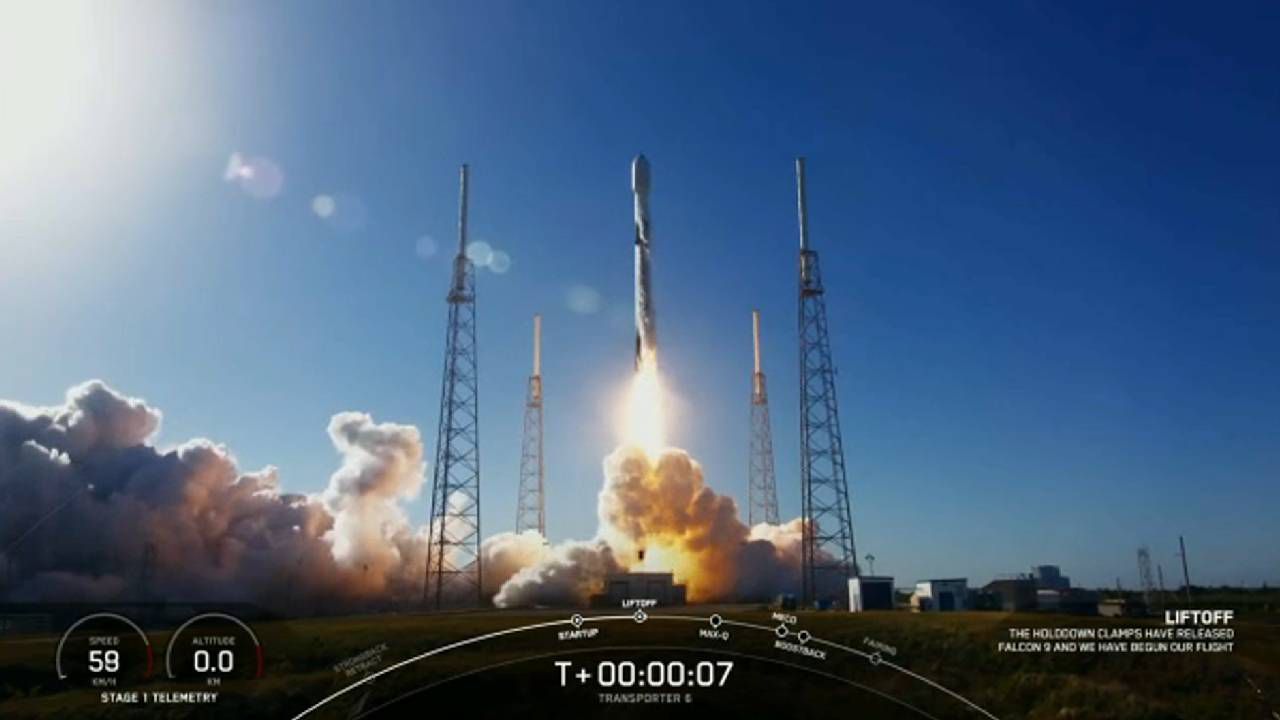
On a day that will be etched in the annals of space exploration history, SpaceX has successfully caught a giant Starship booster using a novel mechanism dubbed 'Chopsticks'. This monumental achievement marks a significant milestone in the development of reusable rockets, a technology that could revolutionize the space industry by drastically reducing the cost of accessing space. In this article, we will delve into the details of this historic event, the technology behind it, and what it means for the future of space travel.

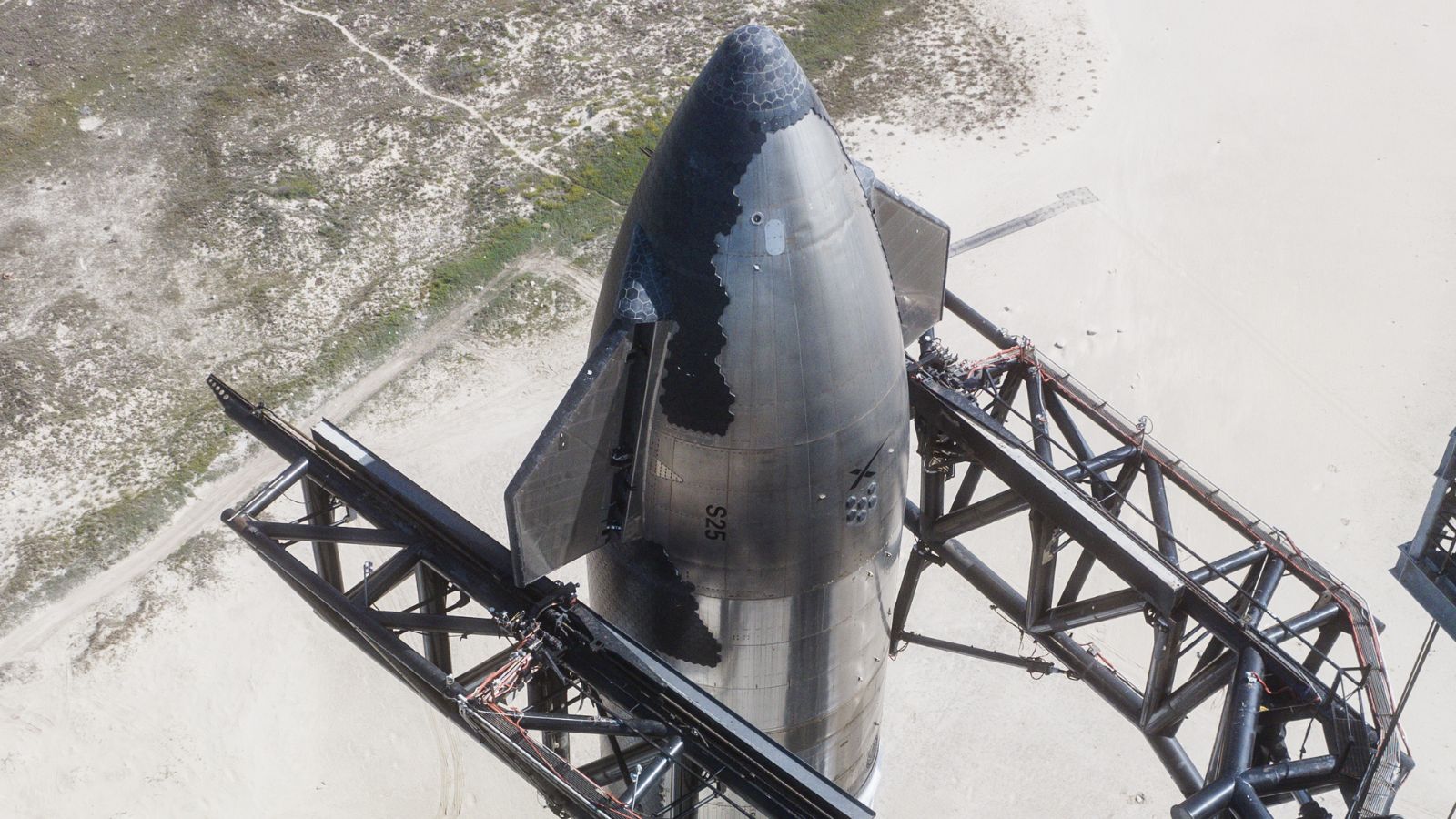
The Challenge of Reusability
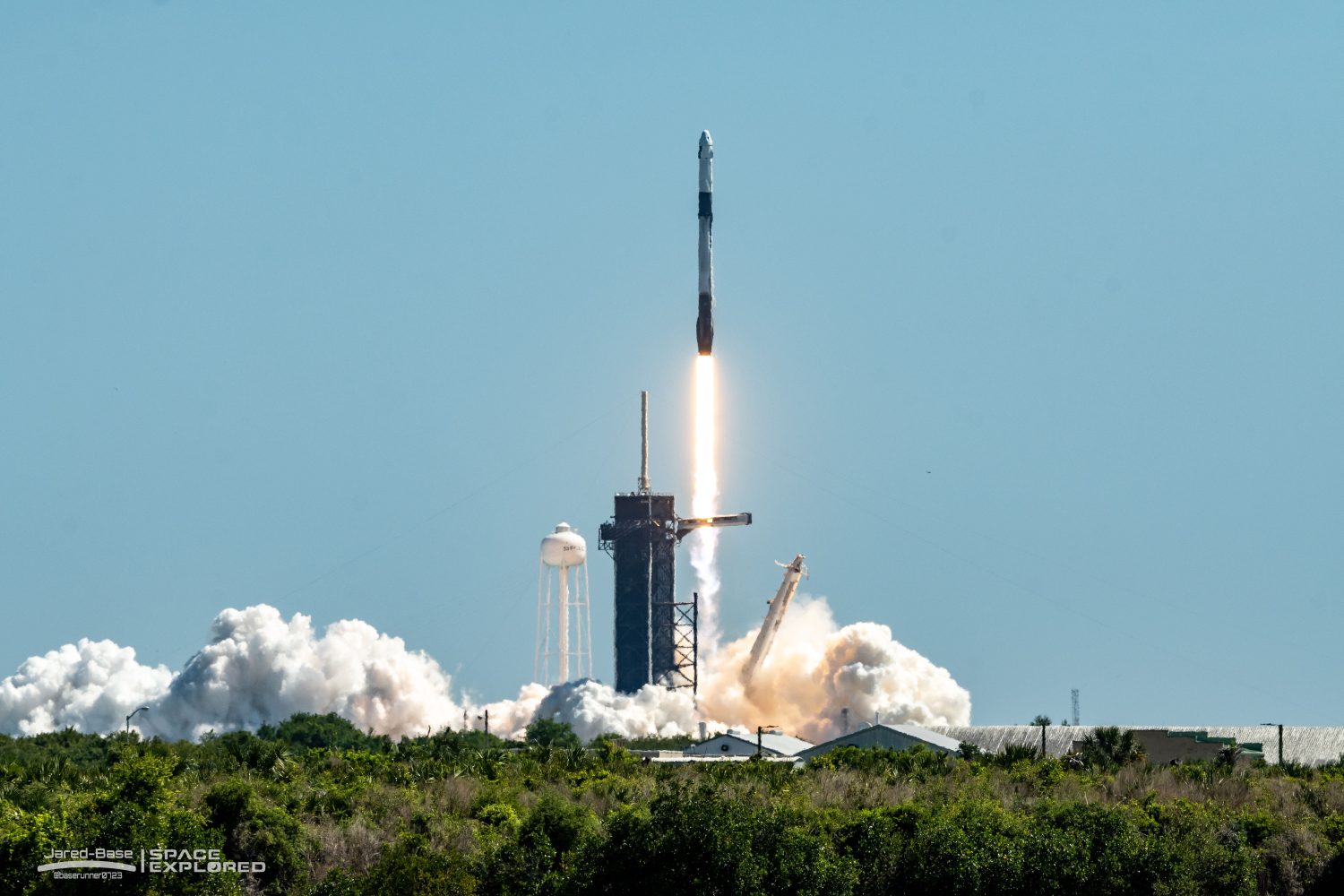
One of the primary challenges in space exploration has been the cost associated with launching payloads into space. Traditional rockets are designed to be used once and then discarded, which makes each launch extremely expensive. SpaceX, founded by Elon Musk, has been at the forefront of developing reusable rocket technology. The company has already demonstrated the reusability of its Falcon 9 rockets, significantly reducing the cost of access to space. However, the Starship program aims to take this concept to the next level with its ambitious goals for lunar and Mars missions.


The 'Chopsticks' Mechanism

The 'Chopsticks' are essentially two large arms located on the launch tower that are designed to catch the booster as it returns from space. This mechanism is a critical component of SpaceX's plan to make the Starship program economically viable. By catching the booster instead of letting it land on a pad, SpaceX can minimize the damage and wear and tear on the vehicle, making it easier and less expensive to refurbish and launch again. The 'Chopsticks' mechanism is a testament to the innovative engineering and problem-solving capabilities of the SpaceX team.
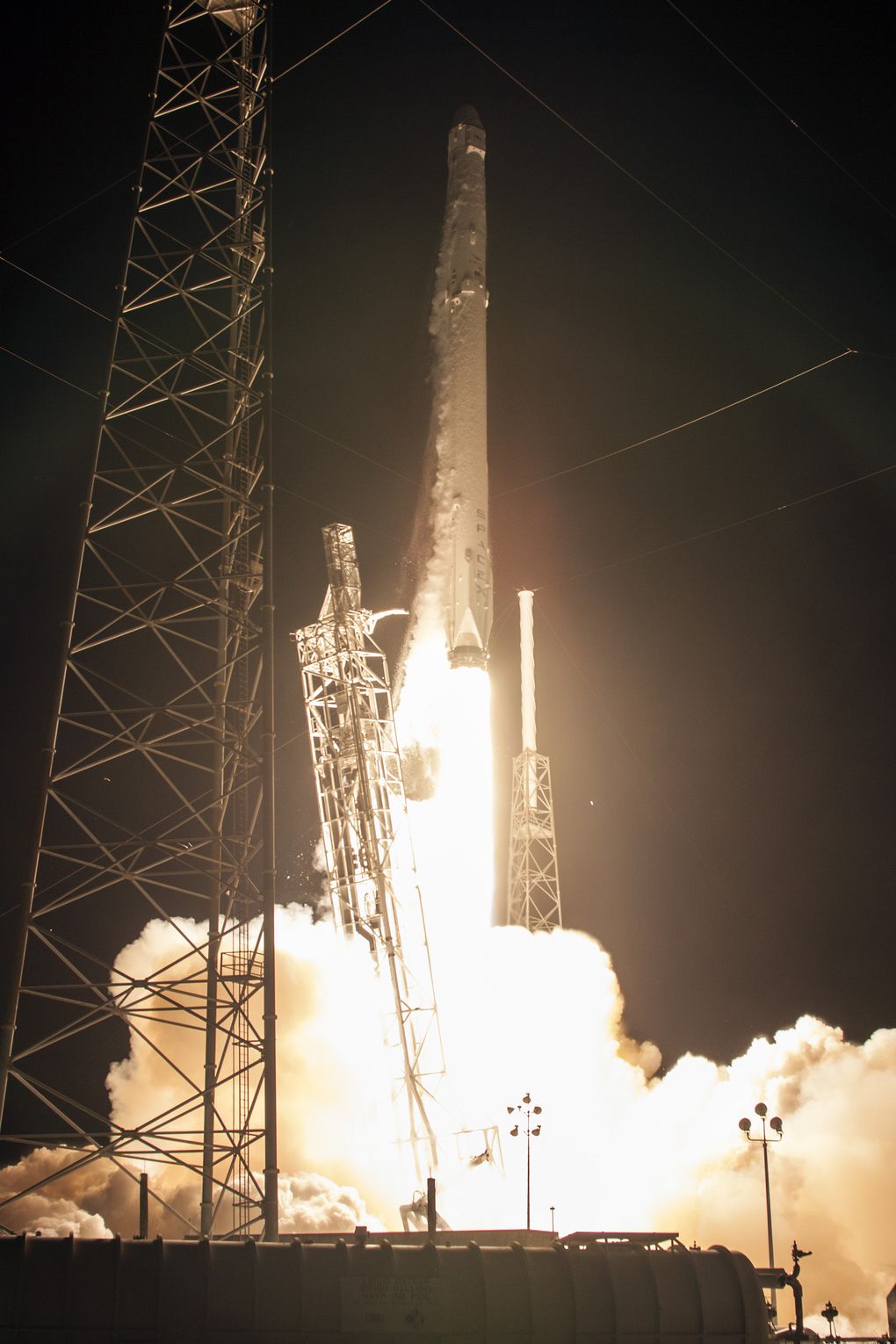

Historic Catch
The historic catch was made after the Starship booster completed a successful test flight, reaching the edge of space and then returning to Earth. As the booster descended, the 'Chopsticks' swung into action, gently grasping the rocket and securing it in place. This precision maneuver was the result of meticulous planning, precise calculations, and flawless execution. The success of this catch not only validates the 'Chopsticks' technology but also paves the way for more frequent and cost-effective launches.
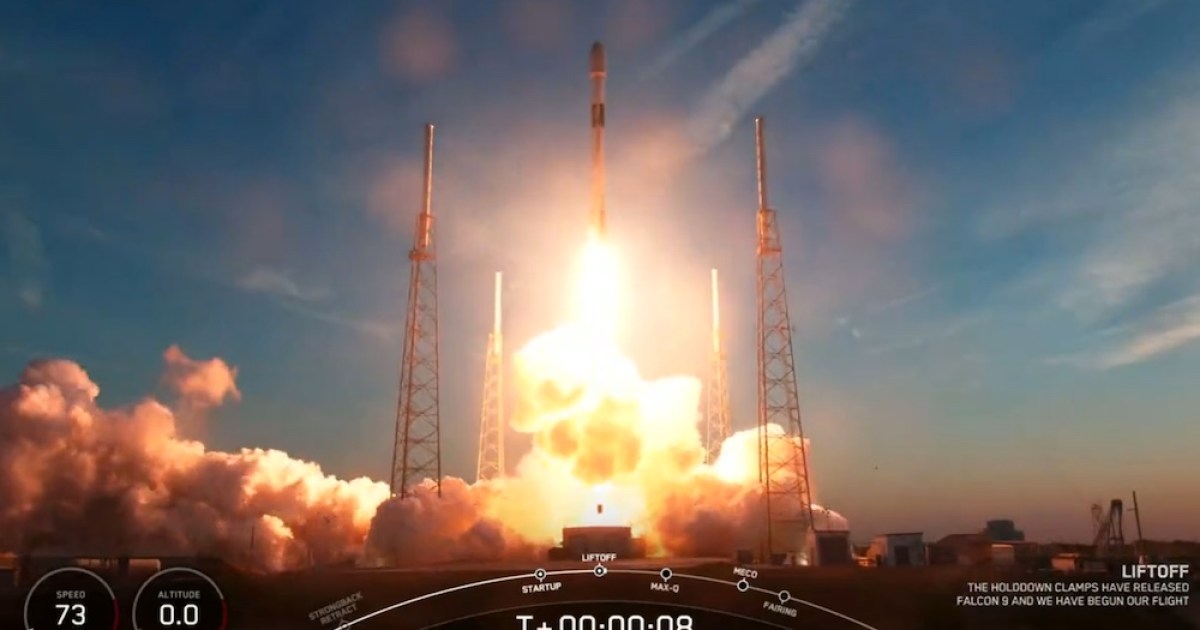
Implications for Space Exploration
The successful catch of the Starship booster with 'Chopsticks' has significant implications for the future of space exploration. It brings humanity one step closer to establishing a permanent presence on the Moon and Mars. With reusable rockets, the cost barrier to accessing space is lowered, making it possible for more countries, companies, and individuals to participate in space exploration. Furthermore, the technology developed by SpaceX can be adapted for other applications, such as satellite launches and space debris removal, further expanding the potential of space technology to benefit society.
SpaceX's achievement in catching a giant Starship booster with 'Chopsticks' is a historic moment in the pursuit of making humanity a multi-planetary species. It showcases the power of innovation and determination in overcoming seemingly insurmountable challenges. As we look towards the future, the possibilities opened up by this technology are endless, from lunar bases to Mars colonies. SpaceX, with its commitment to pushing the boundaries of what is thought possible, continues to inspire generations and pave the way for a future where space travel is not just a dream but a reality.
Follow us for more updates on space technology and exploration as humanity ventures further into the cosmos.